Pop-up museum brings life to refugee stories
Exhibit seeks to shift the narrative of refugees from numbers to people
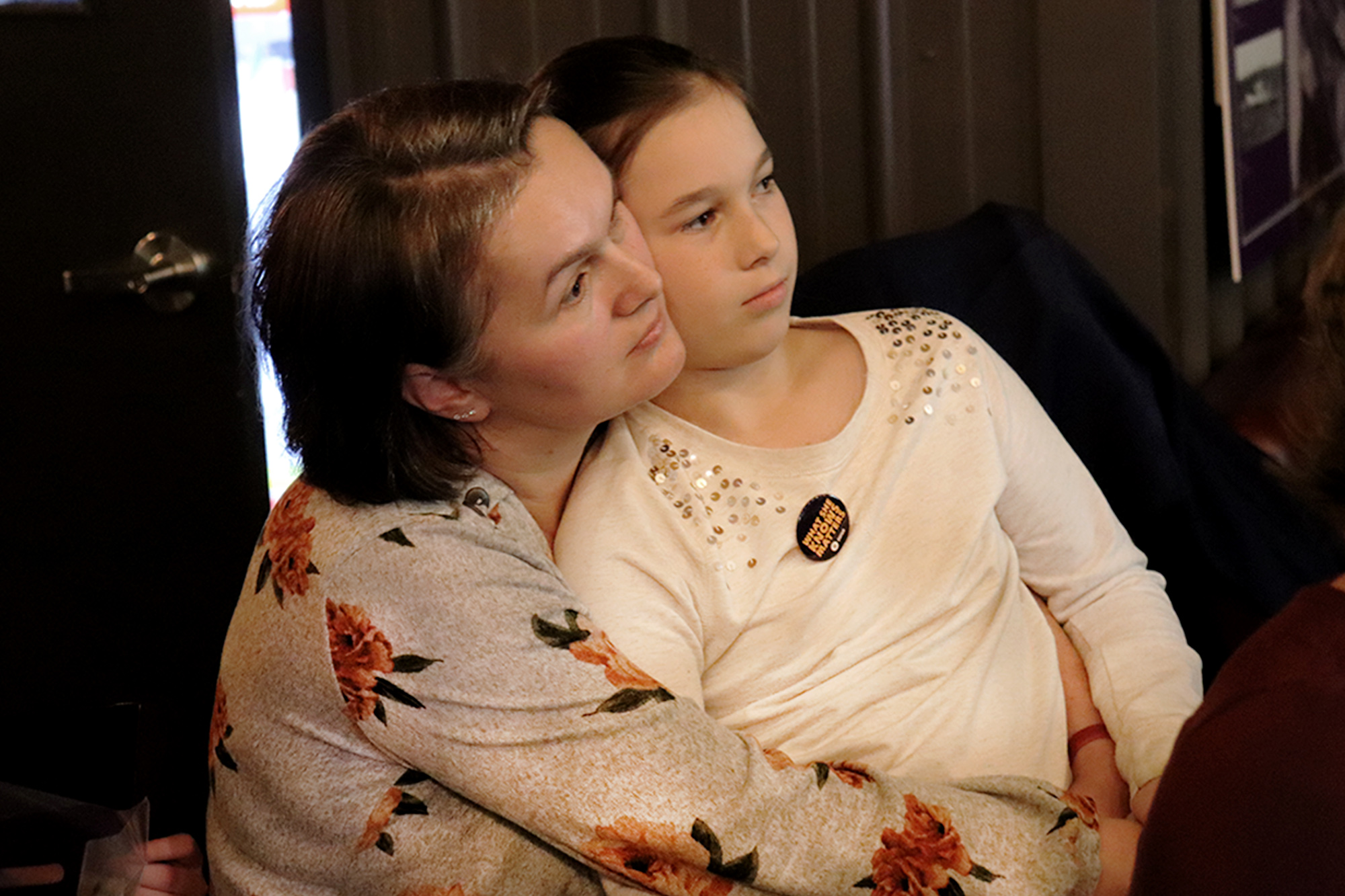
caption
Tanja Matthews and her daughter at the Museum Without A Home exhibit on Nov. 8.A teapot, a pair of running shoes and a framed photo were among the stars of a one-night pop-up exhibit focusing on refugees.
At Friday’s Museum Without A Home in Halifax, each object represented a refugee’s story. The event was organized by Oxfam Canada in collaboration with ISANS.
The travelling museum featured items that were gifted to refugees when they first arrived in their new communities. These gifts were donated to the museum by refugees from various countries, including two items from Nova Scotia.
One of the items was a teapot given to Tanja Matthews and her family when she arrived in Canada. It’s a reminder of her experience as a newcomer. Related stories
“The funny part about this teapot is that we don’t drink tea. We are coffee drinkers,” said Matthews. “It was more decorative than functional. But it travelled with us through our new life.”
Accompanied by her younger brother and mother, Matthews fled the former Yugoslavia and found refuge in Halifax in 1996.
The teapot, a gift from ISANS, was shoved in a cupboard at first. Now, it’s being displayed behind glass as an art exhibit.
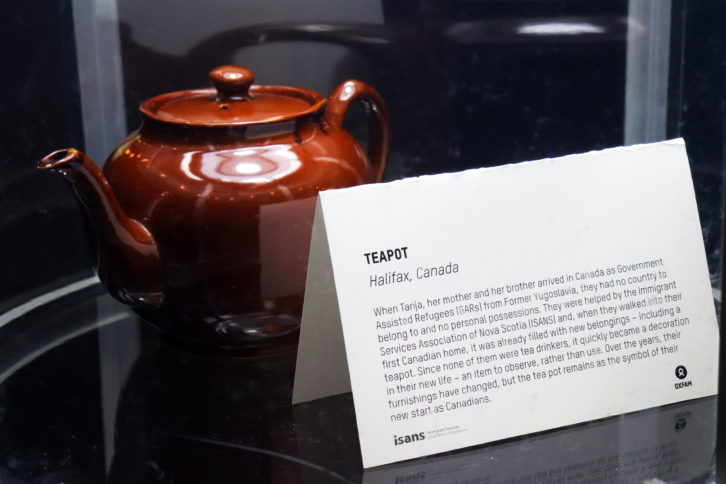
caption
Teapot given to Tanja Matthews by ISANS in 1996.To Matthews, this small act of kindness was a reminder that she needed to rebuild her life.
During the event, Matthews recalled the hardship refugees go through and the things — and people — they must leave behind. For her, this was her aunt and uncle. Because Matthews’ mother was the main applicant, they were not considered immediate family and were not admitted to Canada.
Matthews asked the audience to close their eyes and imagine themselves in her shoes, to envision the activities, items and people the audience loved.
“Now you have to pack and leave,” she said. “And out of all the things you imagined, you can only bring four. How do you choose what you leave behind?”
Matthews said her experience is not unique and is similar to that of Syrian refugees.
“A refugee never forgets,” said Matthews. “Your life goes on. You rebuild, you continue, you change — a lot. But living as a refugee just stays with you. It’s something that never changes.”
Bittersweet beginnings
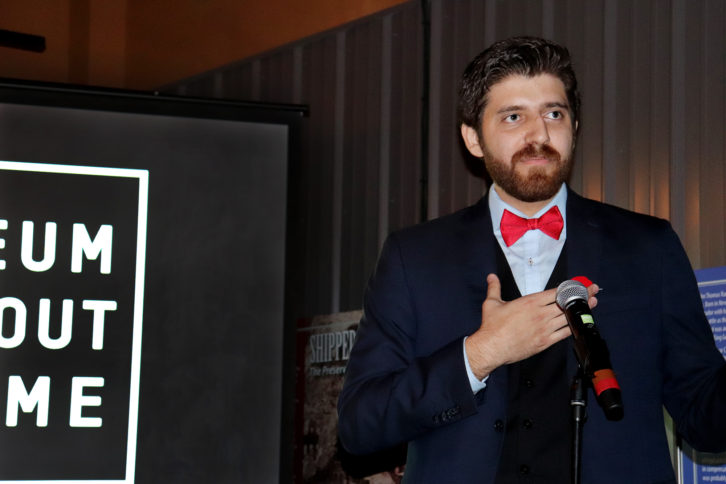
caption
Tareq Hadhad talks about his experience as a Syrian refugee in Canada.Tareq Hadhad had a similar experience when he arrived in Canada in 2015.
Hadhad and his family settled in Antigonish, N.S., as Syrian refugees. After the bombing of their chocolate factory in 2012, they left their country to seek refuge in Lebanon and later Canada.
Today, Hadhad is the CEO of Peace by Chocolate. But he remembers the questions he had when he arrived in Canada.
“When you become a refugee, it’s not important anymore who you are. You start asking yourself who you are not and who you can’t become,” Hadhad told the audience.
“When we lost everything in the war in the blink of an eye, I didn’t really ask myself, ‘Am I a refugee,’ but I just said to myself, ‘I am not Syrian anymore. So, who am I?’”
Hadhad defined being a refugee as the loss of everything, from belongings to family members.
Hadhad’s contribution to Museum Without A Home was a framed picture of a hud-hud bird. It was given to him by community members who understood the meaning of Hadhad’s last name and learned that his family had a similar picture at home in Syria.
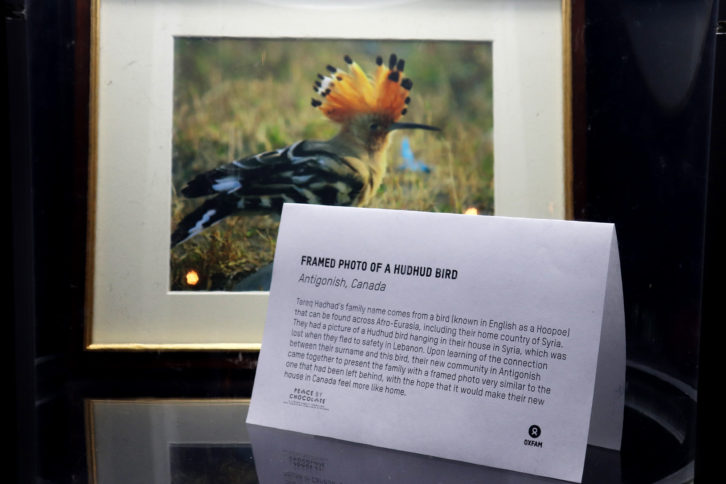
caption
Framed picture of the hud-hud bird given to Tareq Hadhad and his family.Hadhad’s stories resonated with Valerija Reljić who attended the exhibit.
Reljić came to Halifax with her family in 1995 from Bosnia. She wishes she had kept the one item that made her feel welcomed in her new community: mittens. She got them from a woman during a January blizzard.
“I never forgot that story and that woman is still in my life,” said Reljić.
Event organizers hope the pop-up exhibit encourages a shift in narrative from xenophobia to community. The exhibit will continue its journey across Canada.
“Refugees in news all get painted with the same brush,” said Matthews. “Here, you hear many examples of different stories of refugees.”
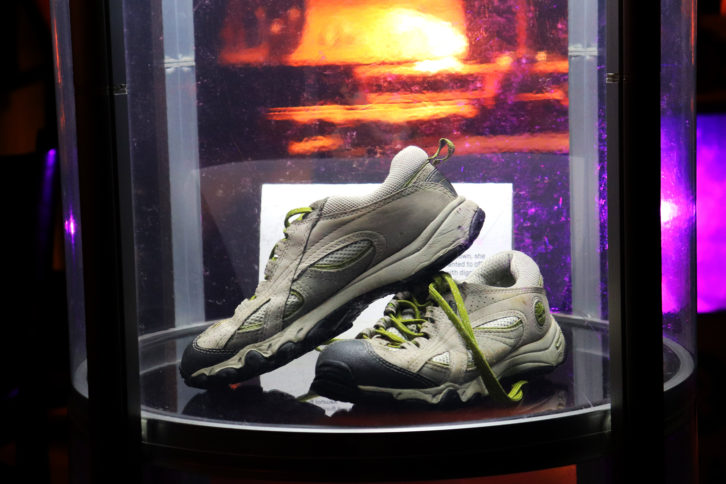
caption
One of the gifts given to a refugee.About the author
Marianne Lassonde
Marianne is a journalism student at the University of King's College. She calls Sherbrooke, Quebec, home. When she is not reporting, she is either...

L
Lassonde Lucie